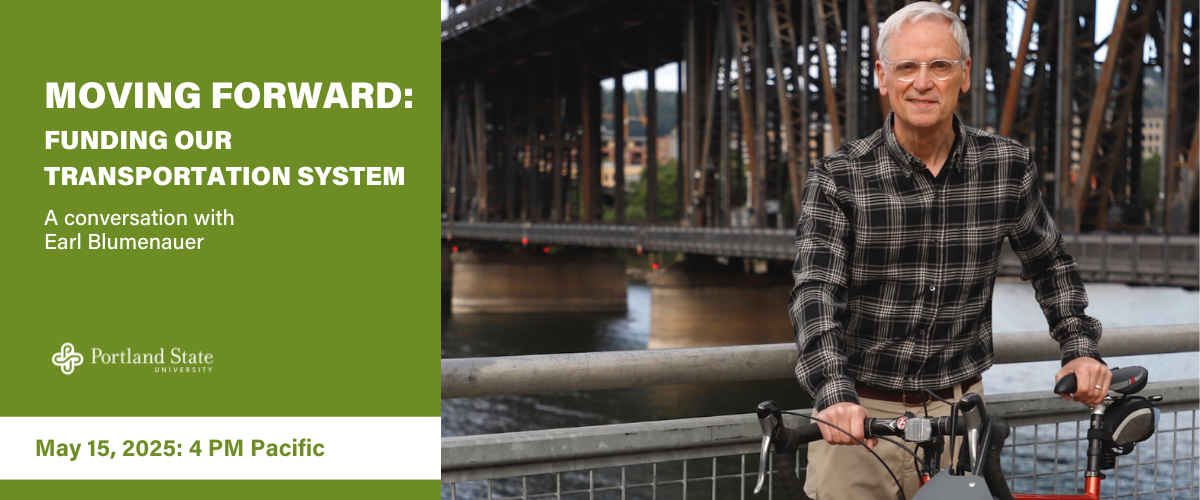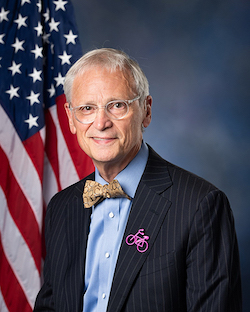Need lodging while attending a workshop, course, or conference in Portland? These two hotels are located closest (within a few blocks) to Portland State University:
- University Place - 866-845-4647
- Hotel Zags - 877-484-1084
The following hotels are also located within walking distance (roughly 1/2 mile):
- Marriott Residence Inn at Riverplace
- Hilton Portland and Executive Tower
- Portland Marriott Downtown Waterfront
- The Heathman Hotel
For those wishing to travel a bit farther, there are lots of options on the east side (across the river) and a quick ride over the Hawthorne bridge to the PSU campus:
Traveling to the PSU Campus
We recommend using Portland's public transit system, TriMet, as the quickest and most pain-free option. Portland’s light rail runs from the PDX Airport to downtown Portland. MAX trains depart from the airport every 15 minutes on weekdays. Weekend trains run less frequently; every 20-25 minutes. Trains depart the airport from 5am to 11:45pm. Passes can be purchased at the vending machines inside the airport, or through the TriMet Tickets App.
- To Downtown: Take the RED line MAX light rail train (toward Portland City Center & Beaverton TC).
- To PSU: Once downtown, get off at the Mall/SW 5th Ave MAX Station. Transfer to the GREEN line MAX at Pioneer Courthouse Square/SW 5th Ave (toward City Center/PSU). Get off at PSU/5th & Mill St.
A map of the PSU campus is available at: pdx.edu/visit/campus-map
Getting Around Town
Public transit
MAX Light Rail – MAX trains run about every 15 minutes most of the day, every day. Service is less frequent in the early morning, midday, and evening. $2.50 per single trip or $5.00 for the whole day.
https://trimet.org/max/index.htm
Portland Streetcar – The streetcar runs approximately every 15 minutes on weekdays and Saturdays and every 20 minutes on Sunday. Arrival times are posted on real-time electronic signs at most streetcar stops. $2.00 per single trip.
TriMet Bus – The TriMet bus, system which covers the city and its suburbs thoroughly, offers low fares, friendly drivers, and full wheelchair accessibility. $2.80 per single trip or $5.60 for the whole day.
http://trimet.org/bus/index.htm
Shared vehicles, bikes, and scooters in Portland
The City of Portland's Bureau of Transportation (PBOT) regulates many transportation options that are technology based, sometimes known as "shared" vehicles. This includes options for carpooling, car-sharing, as well as bike-share and shared e-scooters. Learn more about the shared transportation options on the City of Portland site.


 For more than 50 years, Earl Blumenauer has dedicated his career to building livable communities: places where people are safe, healthy, and economically secure. In 1996, Earl was elected to the US House of Representatives. During his 28 years in Congress, he developed a reputation for approaching controversial issues in a way that breaks through gridlock and brings people together around common-sense solutions.
For more than 50 years, Earl Blumenauer has dedicated his career to building livable communities: places where people are safe, healthy, and economically secure. In 1996, Earl was elected to the US House of Representatives. During his 28 years in Congress, he developed a reputation for approaching controversial issues in a way that breaks through gridlock and brings people together around common-sense solutions.

